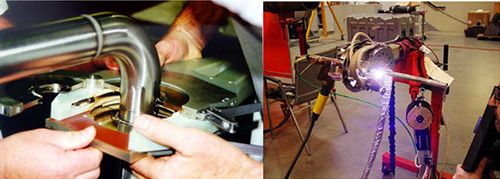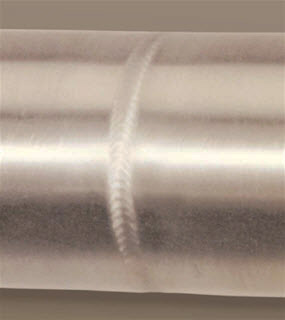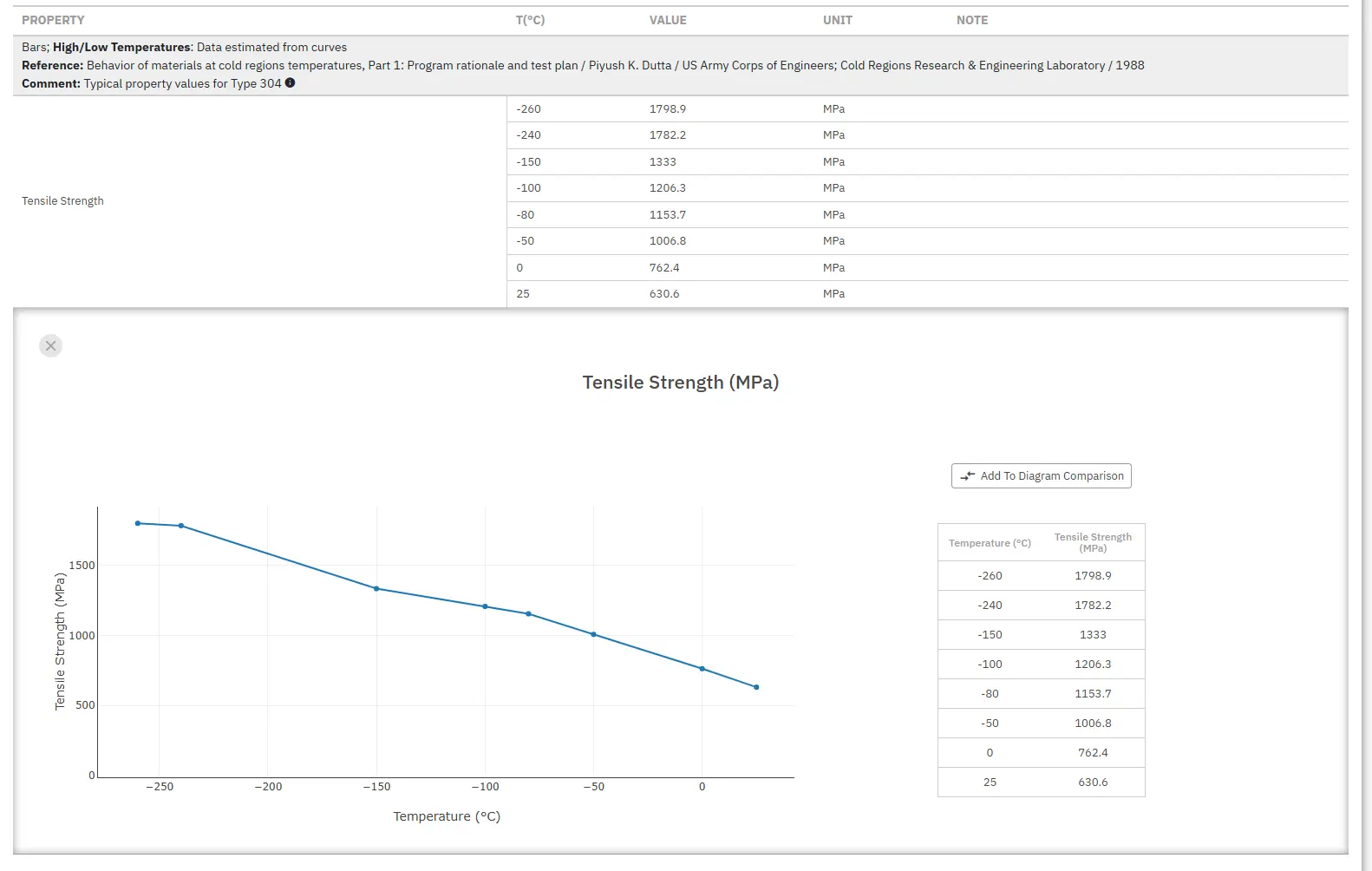Orbital Welding
Abstract
Orbital welding is a relatively new welding technology which was developed in the 1960’s to help the aerospace and nuclear power industries attain a higher level and control over precision welding operations for more reliable components.
Since its introduction, orbital welding has its application in many key areas including boiler tube installation, the food industry, offshore applications and the pharmaceutical industry.
Modern welding technology started just before the end of the 19th century with the development of methods for generating high temperature in localized zones. Welding generally requires a heat source to produce a high temperature zone to melt the material, though it is possible to weld two metal pieces without much increase in temperature.
Orbital welding was developed at the beginning of the 1960s by the aerospace and nuclear power industries to provide the basic conditions to manufacture highly reliable components. The first orbital welding system was a mechanism of rotating tungsten electrode that produced welding arc around a tube weld joint. The system was supported by a controlling system for entire process by which the obtained result was more precise and reliable than manual welding. The first use of mechanized orbital welding of cross-country pipelines with carbon dioxide process was laid in the US in 1961 and at the same time five different orbital Gas Metal Arc Welding (GMAW) processes were under research and development.
Orbital welding became practical for many industries in the early 1980’s with the development of portable combination power supply/control systems that operated from 110-V AC. Modern orbital welding systems offer computer controls that store welding schedules in memory. The skills of a certified welder are thus built into the system, enabling the production of enormous numbers of identical welds and leaving little room for error or defects. For orbital welding in many precision or high purity applications, the base material, tube diameter(s), weld joint and part fit-up requirements, shielding-gas type and purity, arc length, and tungsten electrode type, tip geometry, and surface condition may already be written into a specification covering the specific application.
Orbital welding, by definition is: “automatic or machine welding of tubes or pipe in-place with the electrode rotating (or orbiting) around the work”. Orbital welding, as it applies to the biotech-pharmaceutical industry, uses the gas tungsten arc welding (GTAW) process in which the welds are usually done autogenously, that is, the ends of the tubing are fused together without the use of additional filler metal. However, the use of GTAW with the addition of wire is permitted and may be appropriate for some alloys or applications. Orbital welding offers the advantage that once acceptable welding procedures have been developed for a particular heat of material, the power supply can reproduce identical weld parameters for every weld in the system. The BPE now requires the permission of the owner in order to make a manual weld on a joint to be done on a product contact surface.
Industries and Applications for Orbital Welding
• Aerospace: The aerospace industry was the first to recognize the advantages of automated orbital welding. The high pressure systems of a single aircraft can contain more than 1,500 welded joints, all automatically created with orbital equipment.
• Boiler tube: Boiler-tube installation and repair offer perfect applications for orbital welding. Compact orbital weld heads can be clamped in place between rows of heat-exchanger tubing.
• Food, dairy and beverage industries: These industries require consistent full penetration welds on all weld joints. For maximum piping-system efficiency, the tubing and tube welds must be as smooth as possible. Any pit, crevice, crack, or incomplete weld joint can trap the fluid flowing inside the tubing, becoming a harbor for bacteria.
• Nuclear piping: The nuclear industry, with its severe operating environment and associated specifications for high quality welds, has long been an advocate of orbital welding.
• Offshore applications: Sub-sea hydraulic lines use materials whose properties can be altered during the thermal changes that accompany a typical weld cycle. Hydraulic joints welded with orbital equipment offer superior corrosion resistance and mechanical properties.
• Pharmaceutical industry: Pharmaceutical process lines and piping systems deliver high-quality water to their processes. This requires high quality welds to ensure a source of water from the tubes uncontaminated by bacteria, rust, or other contaminant. Orbital welding ensures full-penetration welds with no overheating that could undermine the corrosion resistance of the final weld zone.
• Semiconductor industry: The semiconductor industry requires piping systems with extremely smooth internal surface finish to prevent contaminant buildup on the tubing wall or weld joints. Once large enough, a build-up of particulate, moisture, or contaminant could release and ruin the batch process.
• Tube/pipe fittings, valves, and regulators: Hydraulic lines, liquid- and gas delivery systems, and medical systems all require tubing with termination fittings. Orbital systems provide a means to ensure high productivity of welding and optimum weld quality.

Figure 1: Left: an orbital weld head used for autogenous welding. During welding the entire outside surface of the weld joint is protected by inert gas shielding. Right: an open-frame orbital weld head is shown welding a duplex stainless steel tube. Wire is being added to the weld. The gas cup provides shielding of the tungsten electrode and weld pool only. The welded surface is exposed to atmosphere before it has entirely cooled.

Figure 2: A typical orbital tube weld
¡Acceda Ahora a las Propiedades Precisas de los Aceros Inoxidables!
Total Materia Horizon contiene información sobre las propiedades de más de 120.000 aceros inoxidables: composición, propiedades mecánicas y físicas, propiedades no lineales y mucho más.

Obtenga una cuenta de prueba GRATUITA de Total Materia Horizon y únase a nuestra comunidad que traspasa los 500.000 usuarios provenientes de más de 120 países.